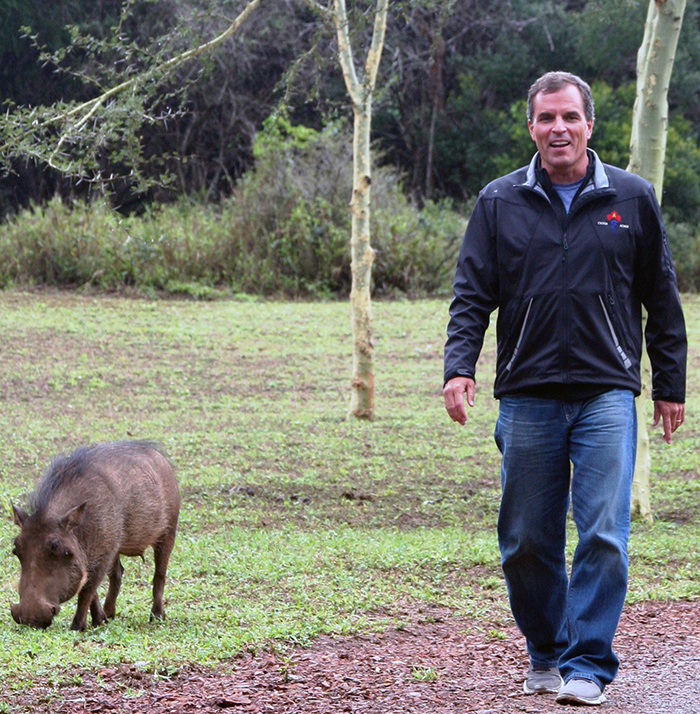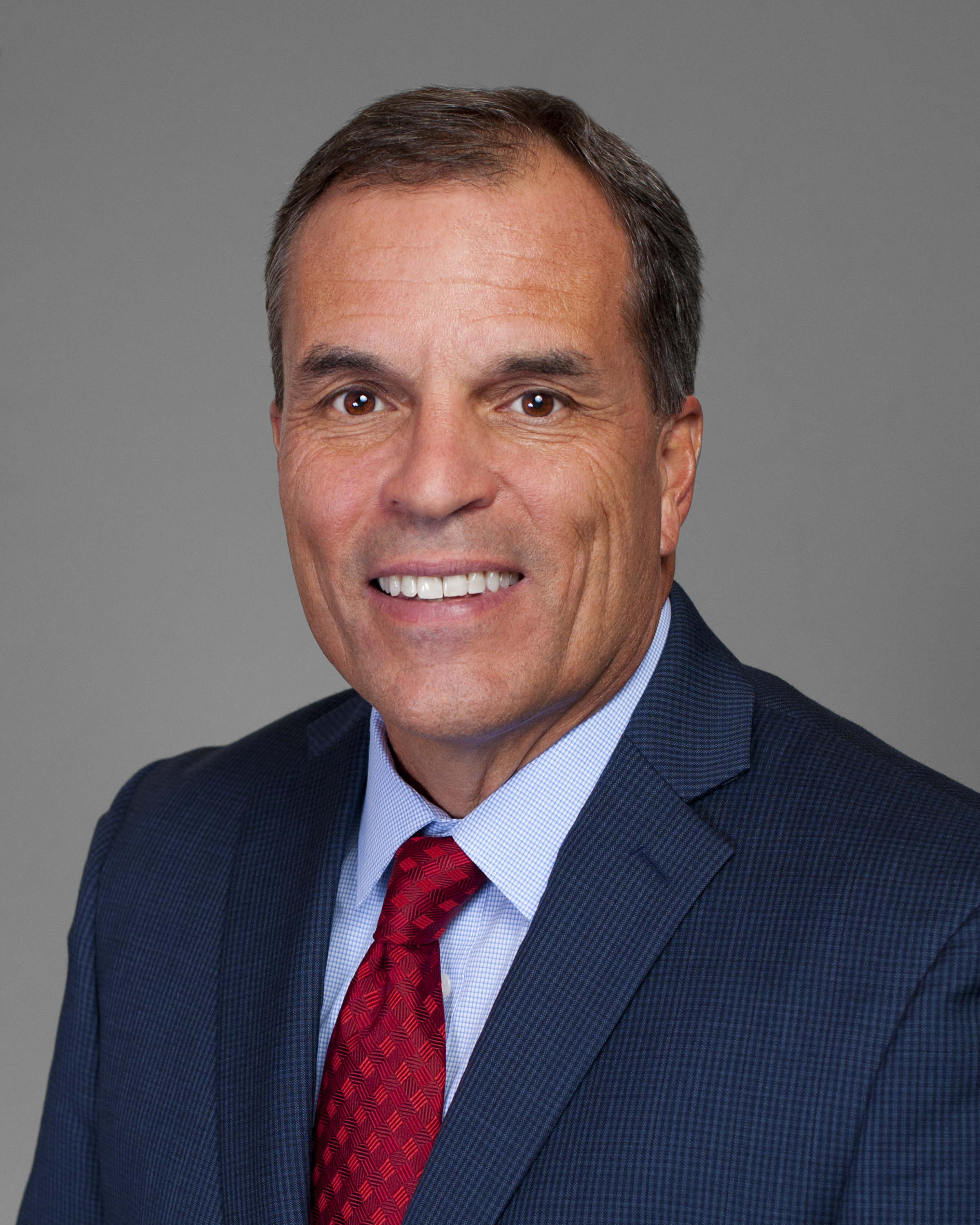In late October 2013, my travels took me far away from home to South Africa. I was invited to speak at the Biennial Congress of the South African Sports Medicine Association (SASMA) at the Wild Coast Sun Resort outside of Durban. Prior to the Congress, I arrived in Cape Town to give a talk at the University of Stellenbosch and then visited the city of Bloemfontein to give a lecture at the University of Free State. I have several South African friends and colleagues who are working hard to promote Exercise Is Medicine On-Campus at both Universities and throughout the country, and they asked me to speak to students and faculty about the importance of exercise for good health.
It was a wonderful trip and South Africa is an amazing country to visit. However the population there is plagued by extreme poverty and very high rates of chronic disease, which heightens the need to promote exercise as a cost effective means to improve health. The physicians and University leadership I spoke to seemed very committed to seeing this happen and have begun to develop plans to help increase physical activity among students. I believe that colleges and universities have a responsibility to make sure students develop healthy habits, including regular exercise. Unfortunately, the college years are often a time when students stop exercising and eat too much, resulting in a drop in fitness and weight gain, habits that all too often become life-long. Something as simple as getting students together every day to walk could go a long way in reversing this problem.
At the SASMA meeting I also talked about the importance of exercise to health and how physicians should prescribe exercise (like walking) as the first line medicine to prevent and treat chronic disease. The topic really resonated and I got to be a part of the launch of Exercise Is Medicine, South Africa. Like most other countries around the world, the experts in South Africa have the same recommendations for exercise that we do in the United States, which is 150 minutes per week of moderate exercise, like a brisk walk. I am always amazed at the universal agreement around the world on how to best deal with the global problem of inactivity – everyone agrees it is getting people to walk 30 minutes per day.
After the Congress ended, our local hosts took us on a wonderful 3 day safari to a game reserve in Northern Zululand. It was an amazing experience and a chance to see a vast array of exotic animals in their natural habitat. I must say, it was a bit more difficult to walk on this trip as I was often a bit nervous about bumping into a wild animal, particularly when on the safari. However, I was still able to find the right time and place each day to get in some walking.
Thanks for checking in with the Every Body Walk! website and for reading my blog. I hope it means you are a committed walker and able to spread the message about the wonderful health benefits that walking brings.
Keep on walking!
Bob












